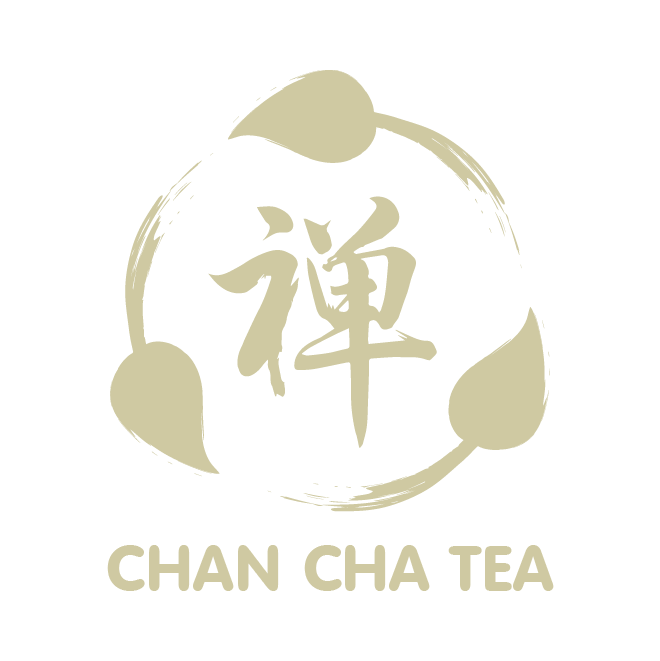
🍃 What Identifies Quality Loose Leaf Tea?
When it comes to tea, not all leaves are created equal. So, what identifies quality loose leaf tea? Let’s break it down — no microscope needed, just your eyes, nose, and taste buds. 🍵
🌿 Whole Leaves vs. Dust & Fannings
Premium loose leaf tea features whole, unbroken leaves or large leaf fragments. These retain more essential oils, resulting in better aroma and richer flavor. If your tea looks like it belongs in a vacuum cleaner bag, chances are it’s not premium.
Mass-produced tea bags usually contain “fannings” or “dust” — the lowest grade leftovers. If you want the good stuff, avoid the powdery bits. Look for large, twisted, or rolled leaves with some consistency in size and shape.
🌸 Fragrance: Before the Brew
Open the container and take a whiff. Quality loose leaf tea will have a fresh, complex, and often floral or earthy scent depending on the type. For example, Chinese green teas tend to be vegetal or nutty, while Chinese black teas offer notes of honey, malt, or dried fruit.
If the tea smells musty, sour, or like cardboard? Big red flag. Good tea should make you want to brew it immediately.
🫖 Leaf Appearance & Texture
High-grade tea leaves often have a sheen or light fuzz (especially in white and some green teas), a sign of young buds and careful harvesting. The leaves should be plump and springy, not brittle or crumbly. Uniformity matters too — random bits of twiggy stems can indicate poor processing.
In traditional Chinese teas, careful hand-rolling or baking techniques add to the visual beauty. It’s more than aesthetics — these methods protect delicate oils and flavor compounds.
🍯 Flavor: Rich, Layered, and Clean
The moment of truth — the taste. A quality loose leaf tea should have depth. We’re talking about layers of flavor that evolve with each sip. Bitterness should be balanced, not overpowering. Good teas linger on the tongue, leaving a smooth or even sweet aftertaste (known as “hui gan” in Chinese).
If the brew is flat, watery, or leaves a sour film, it’s probably low quality — or over-steeped. But hey, even the best leaf can be ruined with boiling water. So, brew with care!
🧼 Clean Finish & Resteepability
Top-notch loose leaf tea doesn’t just taste good — it keeps on giving. One of the signs of a quality tea is how well it handles multiple steeps. Chinese teas are particularly known for this: Oolongs and Pu-erhs can give you 4–10 flavorful brews if done right.
Each steep should offer a slight change in profile, not just a fading version of the first cup. That’s tea with character!
🇨🇳 Why Chinese Traditional Tea Sets the Benchmark
Much of what the world knows about quality tea originates from China. The meticulous hand-harvesting, age-old drying techniques, and reverence for terroir set Chinese tea apart. At Chan Cha Tea, we source directly from small producers in regions like Yunnan and Fujian — where tradition and quality still matter.
Whether it’s a mellow Longjing or a bold Dianhong, Chinese tea continues to define what ‘premium’ really means. 🏆
🌍 Final Sip: Know What’s in Your Cup
Tea isn’t just a drink. It’s an experience. Next time you shop, check the leaves, smell the dry aroma, and trust your palate. Whether you’re sipping solo or sharing a gongfu session with friends, knowing how to spot quality makes the moment taste even better. Cheers to better brews!
Featured Tea
-

TaiHe Raw Puer
$75.00 Select options This product has multiple variants. The options may be chosen on the product page -

Golden Wrapped White Tea
$40.00 – $118.00Price range: $40.00 through $118.00 Select options This product has multiple variants. The options may be chosen on the product page -

ShengLi Raw Puer
$108.00 Add to cart




